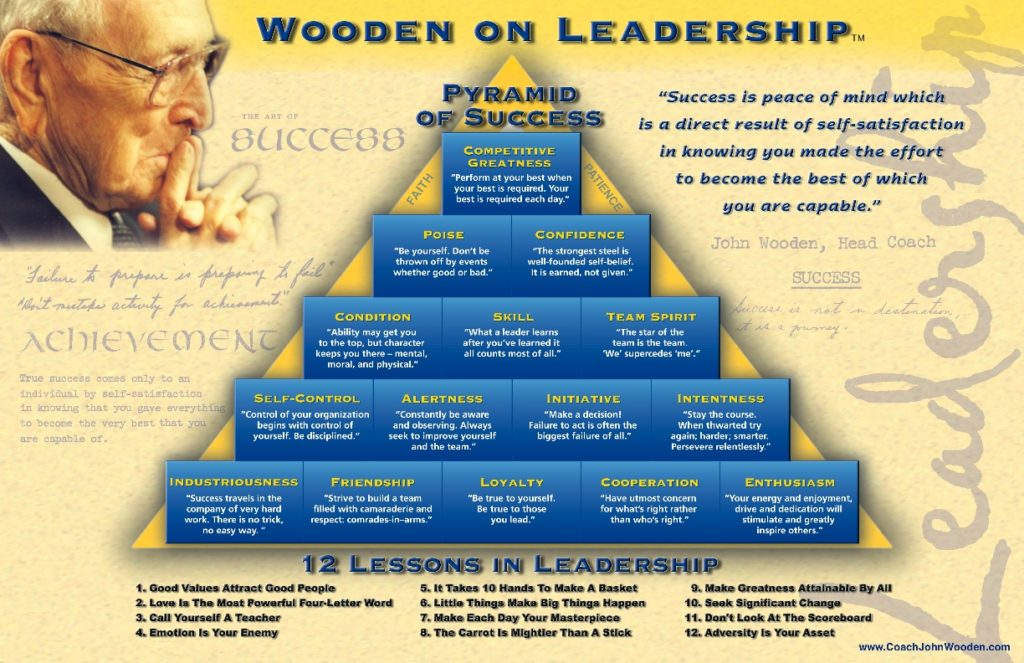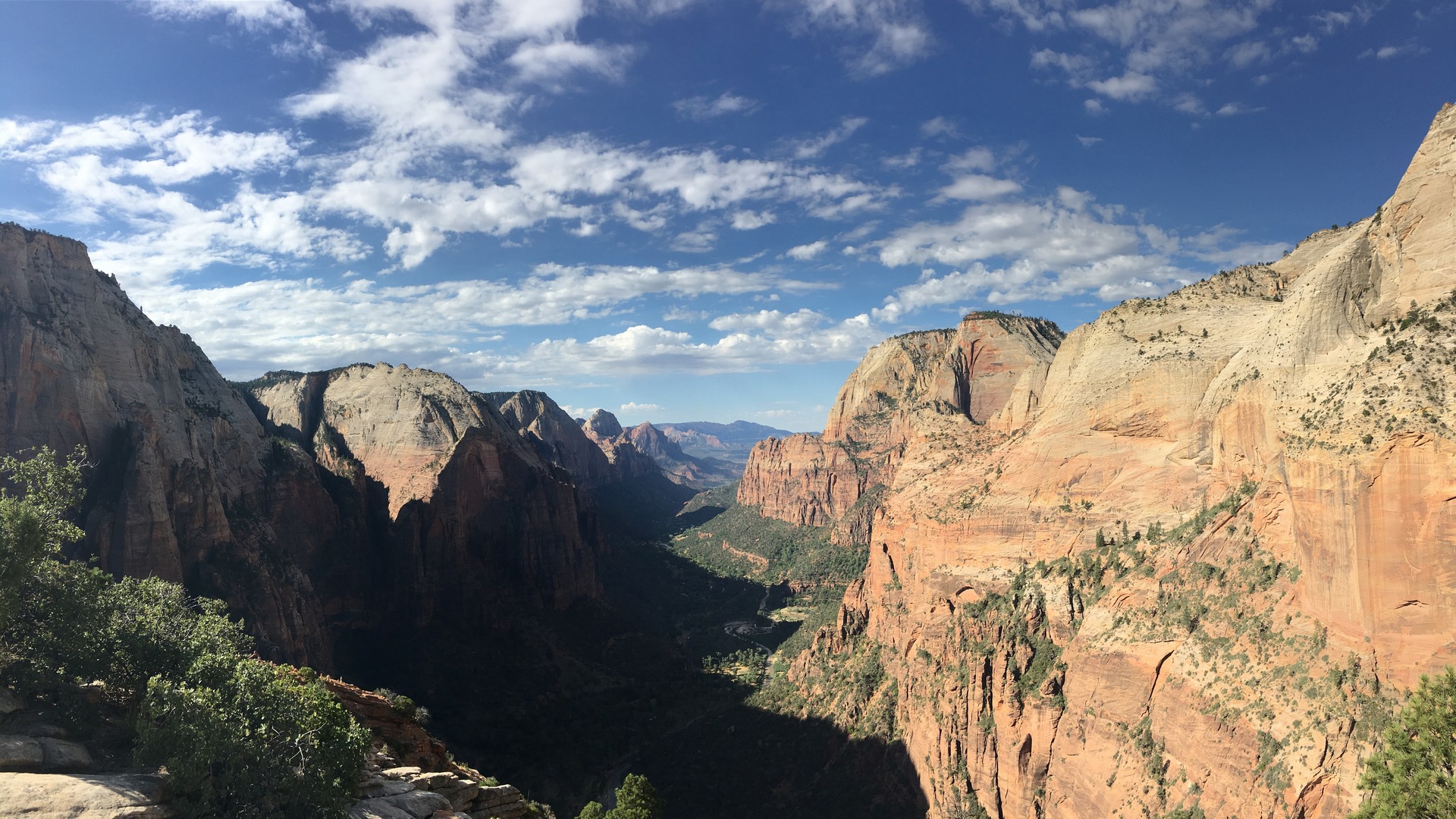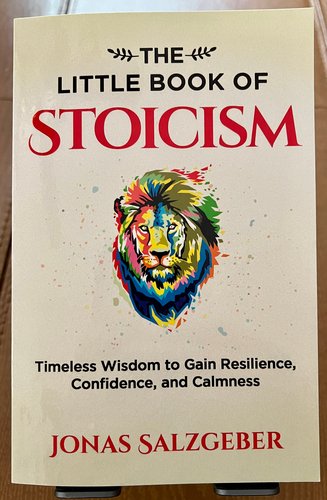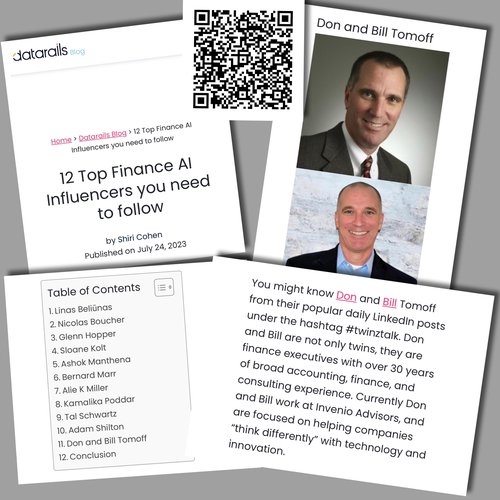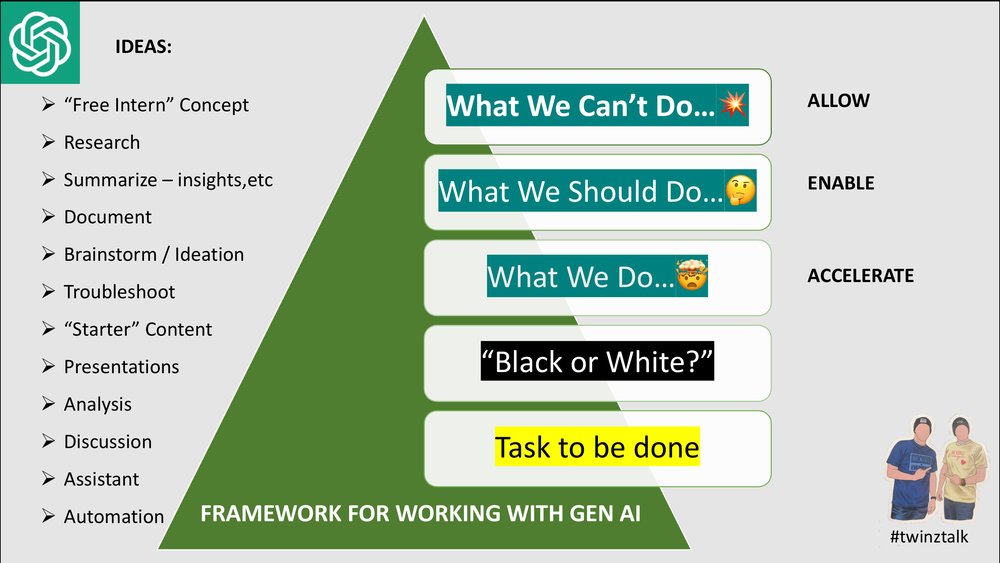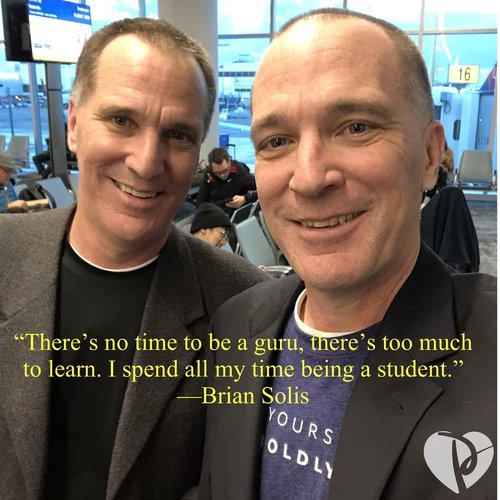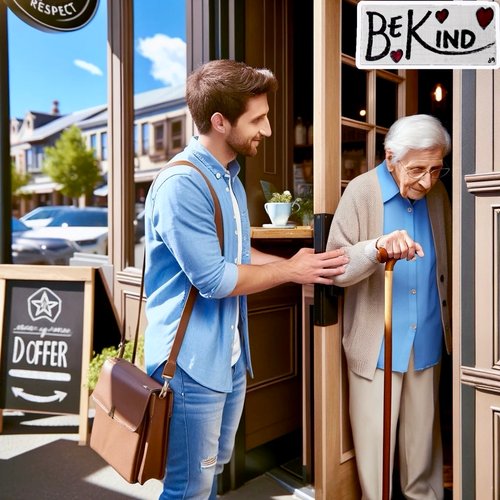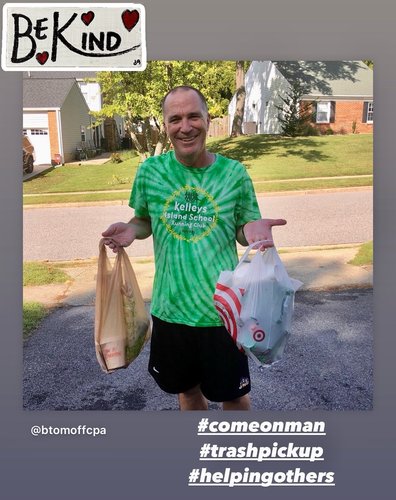The Salzgeber brothers’ focus on personal development resonates with Don and me. Taking the initiative for personal growth and committing to continual learning is our north star, and we strive to help others and bring them along on the adventure. Bringing our best selves to the world is critically important work that we must embrace and not leave to the judgment of others.
Since reading (and sharing often)The Little Book of Stoicism, I now receive their email newsletter and periodically review the blog posts (as I write this in April 2024, I note the last blog post was in November 2022) on their website. I discovered two blog posts that resonated with me, and they reminded me of two recommended books in the #TwinzTalk personal development agenda – Benjamin Franklin’s Biography by Walter Isaacson and Coach Wooden’s Leadership Game Plan for Success by John Wooden and Steve Jamison. Below, I am sharing excerpts from Nils and Jonas’s blog posts and references to the books that Don and I recommend. We hope these topics inspire you to prioritize time for your personal development!
John Wooden
As Nils and Jonas note:
“John Wooden was a legendary basketball coach at the University of California, Los Angeles. During his last 12 years as a coach there, he won 10 championships, including seven in a row, and including an 88-game winning streak.
Some people say he was the greatest basketball coach ever. Some say he was the greatest coach in the 20th century. Others say he was the greatest coach of all time. Period.
John Wooden himself would not have bothered about such titles – that’ll get clear to you after reading some of his quotes below. He was much more concerned about the process, about putting in the work, about doing everything he could to become the best he could be. He was a truly inspiring man and a role model for me personally. Here are 35 timeless life lessons we can learn from him.”
The 35 life lessons shared in the blog post are all nuggets worth reading and holding onto. We can learn much from the wisdom of John Wooden. A few of our favorites include:
-
Number 5: Politeness and Courtesy – “…being a good person isn’t necessarily something we do for other people, it’s something we do for ourselves. We don’t need to expect anything in return. We’re getting paid well enough.“
-
Number 13: Stop Looking for Shortcuts – “If you spend too much time learning the tricks of the trade, you may not learn the trade. There are no shortcuts. If you’re working on finding a short cut, the easy way, you’re not working hard enough on the fundamentals. You may get away with it for a spell, but there is no substitute for the basics. And the first basic is good, old-fashioned hard work.”
-
Number 24: Don’t Compare Yourself to Other People – “It’s simple. Don’t compare yourself to somebody else, especially materially. If I’m worrying about the other guy and what he’s doing, about what he’s making, about all the attention he’s getting, I’m not going to be able to do what I’m capable of doing. It’s a guaranteed way to make yourself miserable.”
-
Number 28: Adversity = Opportunity – “Most people have heard of post-traumatic stress disorder. But did you know that the opposite also exists? It’s called post-traumatic growth – the phenomenon of people becoming stronger after a tragedy or trauma. They don’t just bounce back, but they bounce higher than they were before.”
-
Number 29: Want Peace of Mind? – “I believe one of the big lessons of sports for dedicated individuals and teams is that it shows us how hard work, and I mean hard work, does pay dividends. The dividend is not necessarily in outscoring an opponent. The guaranteed dividend is the complete peace of mind gained in knowing you did everything within your power, physically, mentally, and emotionally, to bring forth your full potential.”
-
Number 31: Strive to Maintain Self-Control – “Complaining, whining, making excuses just keeps you out of the present. That’s where self-control comes in. Self-control keeps you in the present. Strive to maintain self-control.”
-
Number 34: Improve the Team by Improving Yourself – “If you want to change the world, start by changing yourself. For the best way to improve the world is to improve yourself. Joseph Campbell said it best, “We’re not on our journey to save the world but to save ourselves. But in doing that you save the world. The influence of a vital person vitalizes.””
John Wooden’s book on leadership, Coach Wooden’s Leadership Game Plan for Success, is an inspiring read. In addition, check out the downloadable image of Wooden’s The Pyramid of Success on the John Wooden website.
“Success is peace of mind which is a direct result of self-satisfaction in knowing you made the effort to become the best of which you are capable.”
-John Wooden
